
Stereoscopic Studio - Historical 3D Image Creator
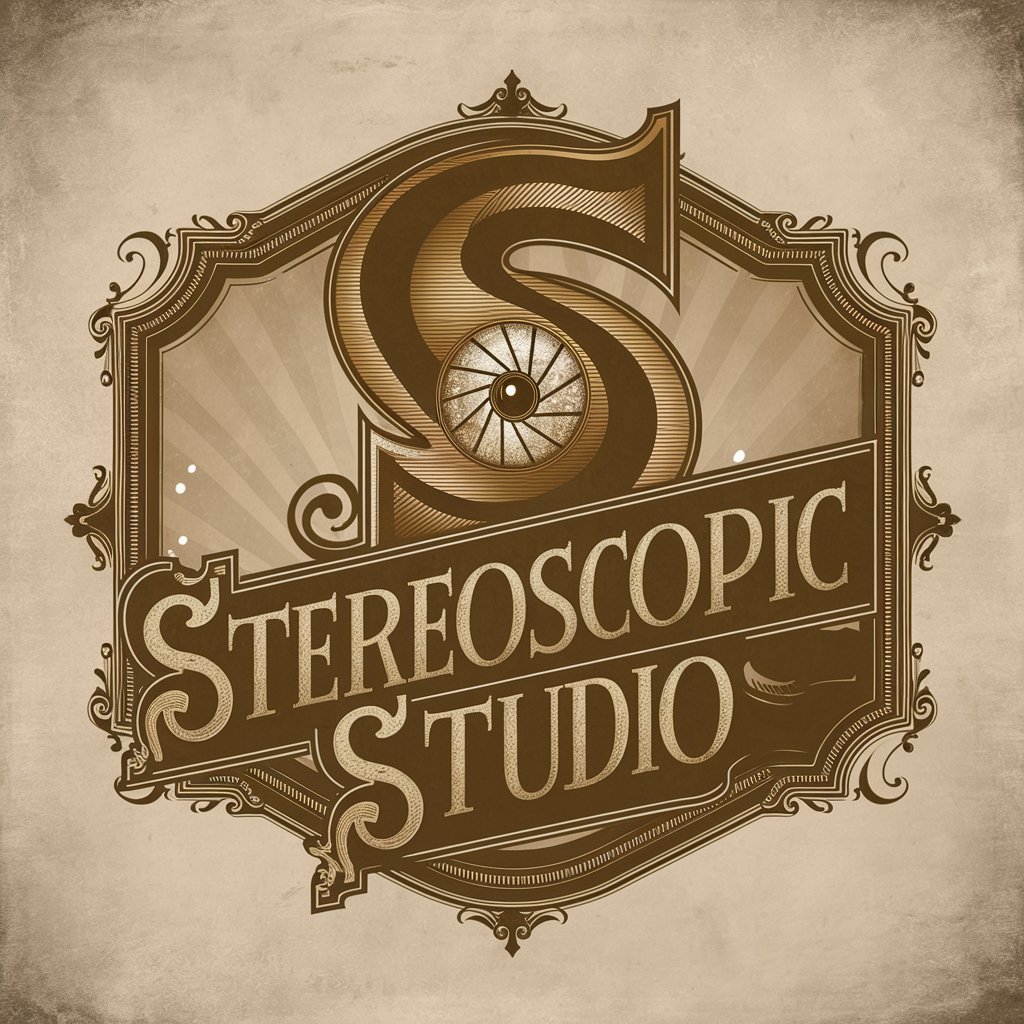
Welcome to Stereoscopic Studio, where history comes to life in 3D.
Reviving Historical Vision with AI
Create a stereoscopic view of a bustling 1860s Victorian street scene.
Design a stereoscopic image of a grand ballroom from the 1880s, filled with elegantly dressed figures.
Produce a stereoscopic landscape featuring a steam locomotive crossing a picturesque countryside bridge in the 1870s.
Generate a stereoscopic view of an 1860s farmhouse, complete with period-accurate furnishings and surroundings.
Get Embed Code
Overview of Stereoscopic Studio
Stereoscopic Studio is designed as a specialized GPT to recreate the unique aesthetic of stereoscopic views from the 1860s-1880s. This era witnessed the popularization of stereoscopic photography, which involved capturing and presenting two slightly offset photographs to create a single three-dimensional image when viewed through a stereoscope. The studio emphasizes historical accuracy combined with artistic interpretation, producing images that are reminiscent of the past yet crafted with modern technology. This blending of the old and the new allows for the creation of historically inspired art that feels authentic yet accessible to contemporary audiences. Examples include creating visuals for educational purposes, museum exhibits, or heritage projects that require a nuanced depiction of historical scenes or landscapes. Powered by ChatGPT-4o。

Core Functions of Stereoscopic Studio
Historical Recreation
Example
Producing images of 19th-century cityscapes or domestic scenes.
Scenario
Used by historians or filmmakers to generate visually accurate backdrops for documentaries about the 19th century.
Educational Tool
Example
Creating 3D representations of historical events or everyday life in the 1800s.
Scenario
Employed in classrooms or online courses to provide students with an immersive experience of history, enhancing their understanding of the past through visual engagement.
Exhibit Enhancement
Example
Generating images for museum exhibits focusing on the Victorian era or the development of early photography.
Scenario
Museums use these images to augment physical exhibits, providing visitors with a stereoscopic view to engage with the past in a multi-dimensional way.
Target Users of Stereoscopic Studio
Academic Researchers and Historians
These users benefit from the Studio's ability to accurately recreate historical settings and scenarios, which can be used in research presentations, publications, or teaching materials.
Museums and Cultural Institutions
Institutions aiming to enhance their exhibits with interactive or immersive elements will find the Studio's stereoscopic images add a unique, engaging dimension to their displays.
Educators and Educational Institutions
Teachers looking to bring history to life in the classroom can utilize these 3D images to spark interest and provide a tangible sense of the past, making learning more dynamic and memorable.

How to Use Stereoscopic Studio
Access the platform
Visit yeschat.ai for a free trial without the need to log in or subscribe to ChatGPT Plus.
Explore tutorials
Navigate to the 'Help' or 'Tutorial' section to familiarize yourself with the basic operations and capabilities of Stereoscopic Studio.
Select image pairs
Choose or upload two slightly offset images to create the stereoscopic effect. Ensure the images are similar but with minor perspective changes.
Customize your view
Adjust the alignment and spacing of the image pairs to suit the specific viewer you intend to use. This optimizes the 3D effect.
Generate and download
Use the 'Generate' button to create your stereoscopic view, and then download the result for viewing through a stereoscope or similar device.
Try other advanced and practical GPTs
Raising AUM for Boutique Asset Managers
Empower your assets with AI-driven strategies.

Parental Wisdom
Empowering Parents with AI Insights

Raising Teens: A Parent's Companion
Empowering Parents with AI Insight

AI Child Raising Doctorate
Empowering Parenting with AI
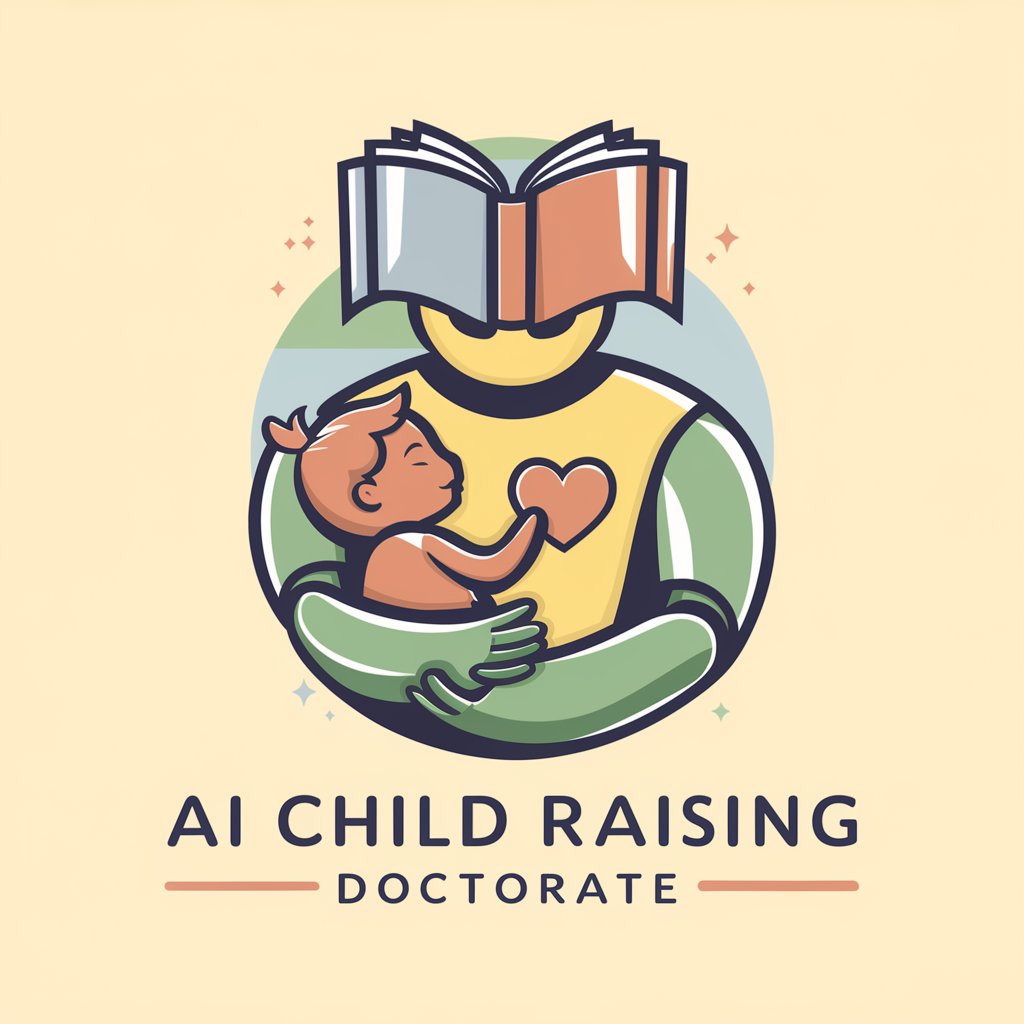
Raising Sword
Enhance Your Blade, Master Probability
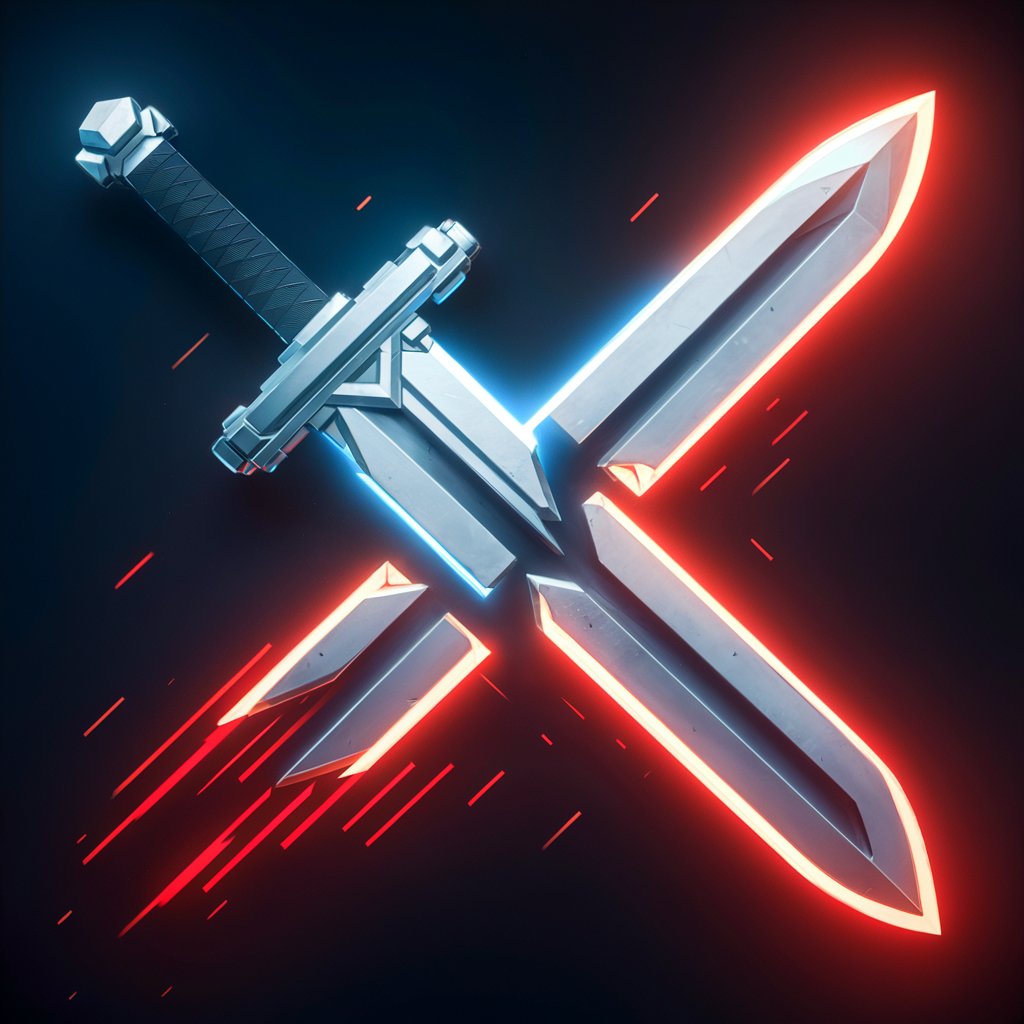
Ultimate Fonts & Typography Style Idea Generator
AI-Powered Typography Innovation
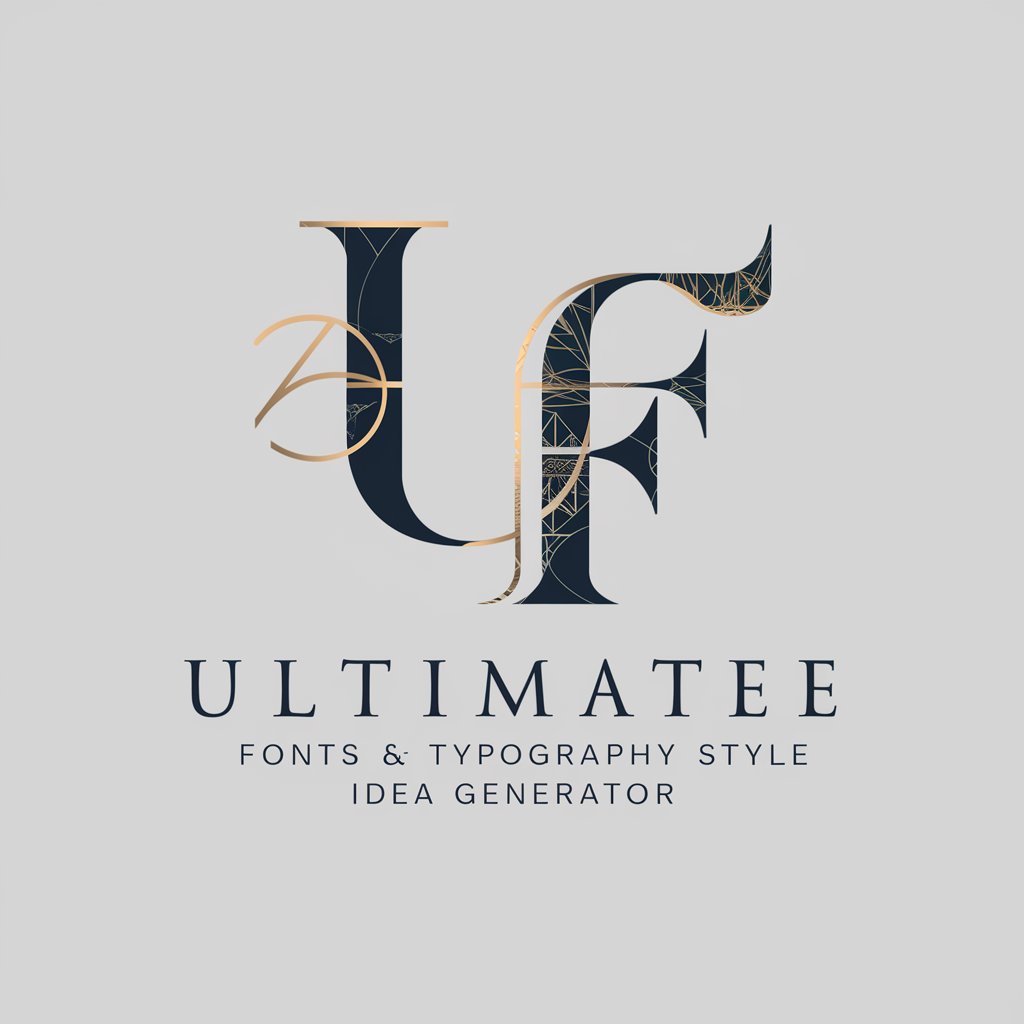
Stereoscopic 3D Image Creator
Craft 3D Worlds with AI
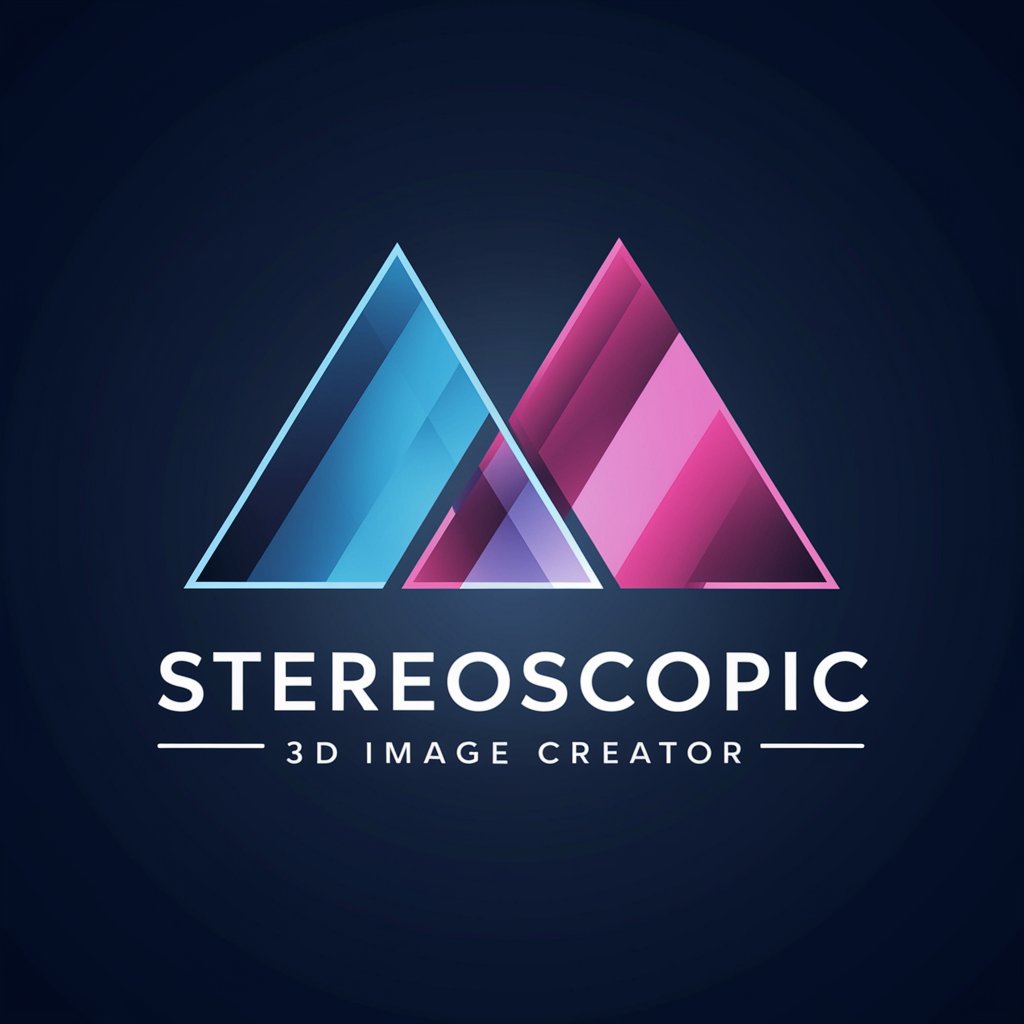
TechTune Teller
Unlocking the future of technology, today.
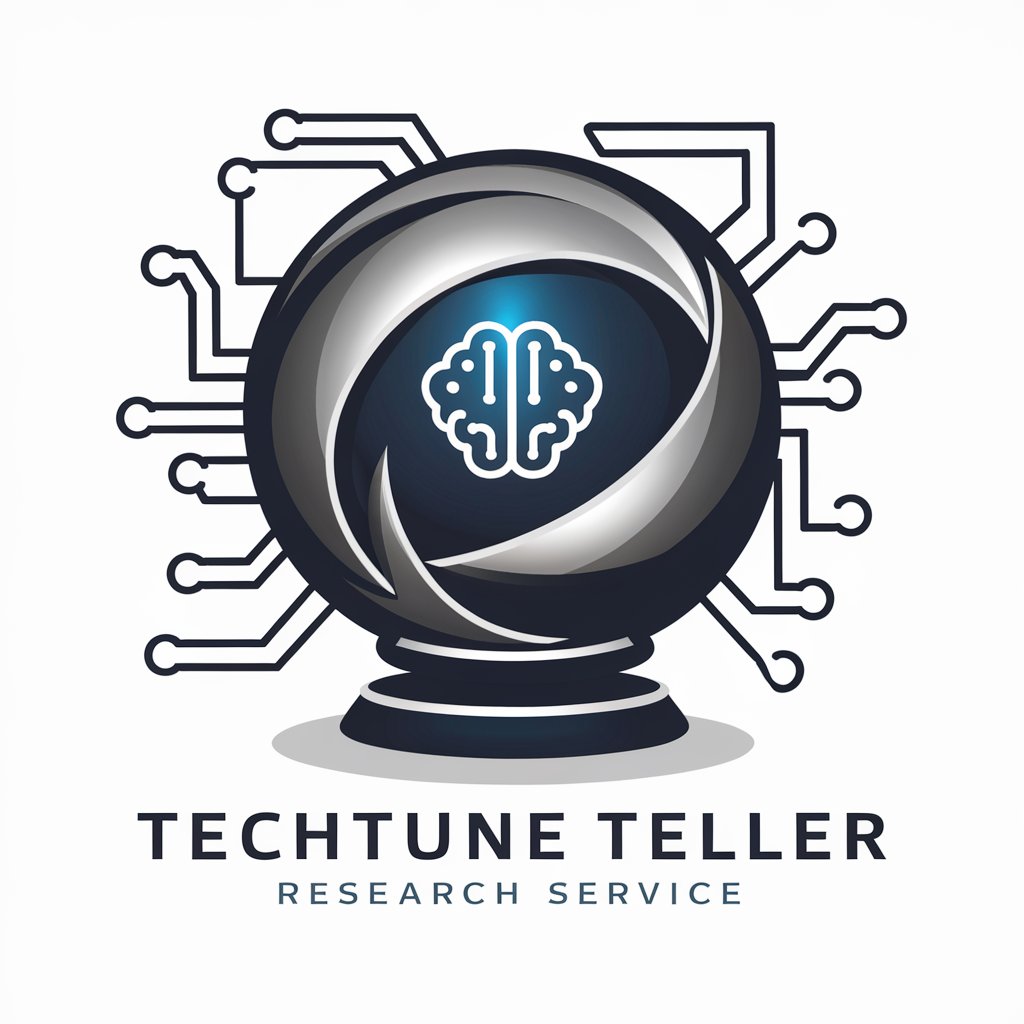
Spiritual Advisor
Guidance from sacred texts at your fingertips
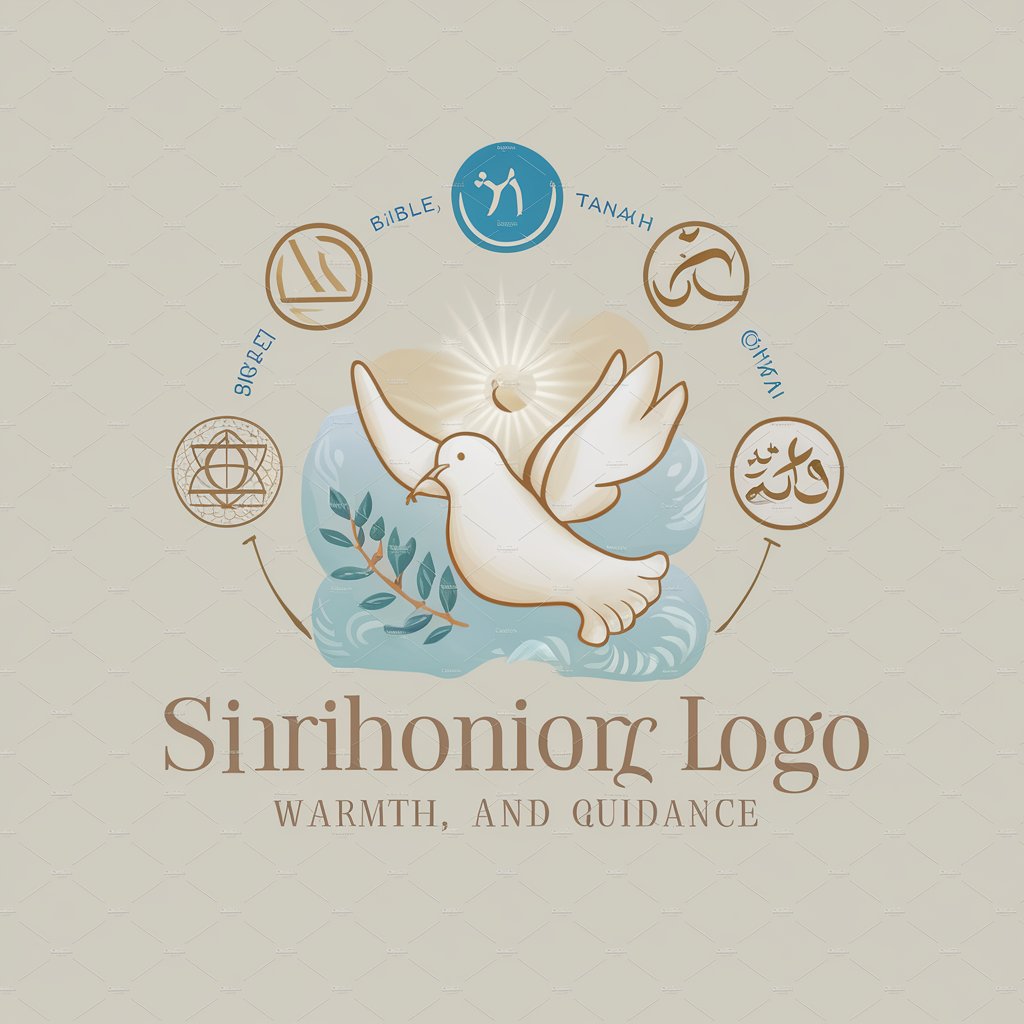
Scripture Scholar
AI-powered Scripture Analysis and Research
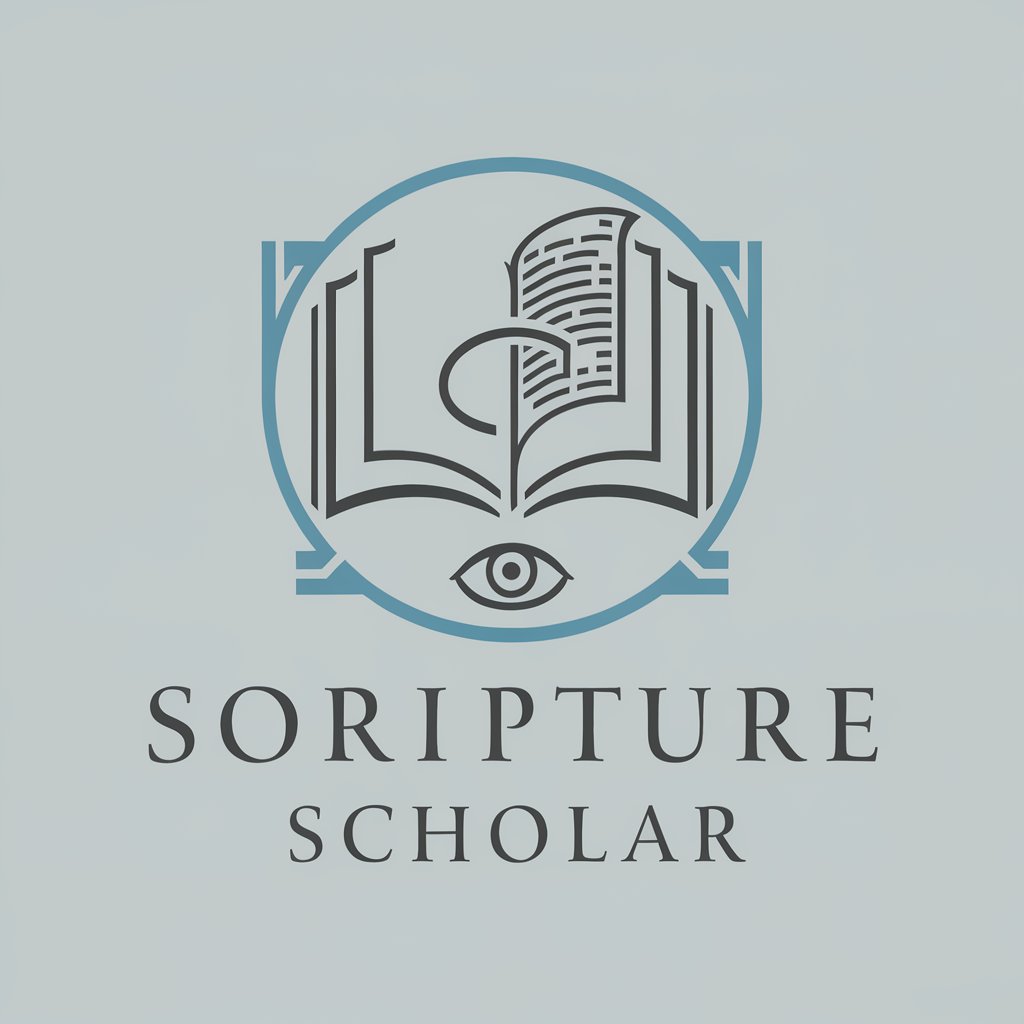
Scholar of Faiths
Explore Religions with AI-Powered Insights

👑 WisdomWeaver 👑
Explore Beliefs with AI Wisdom
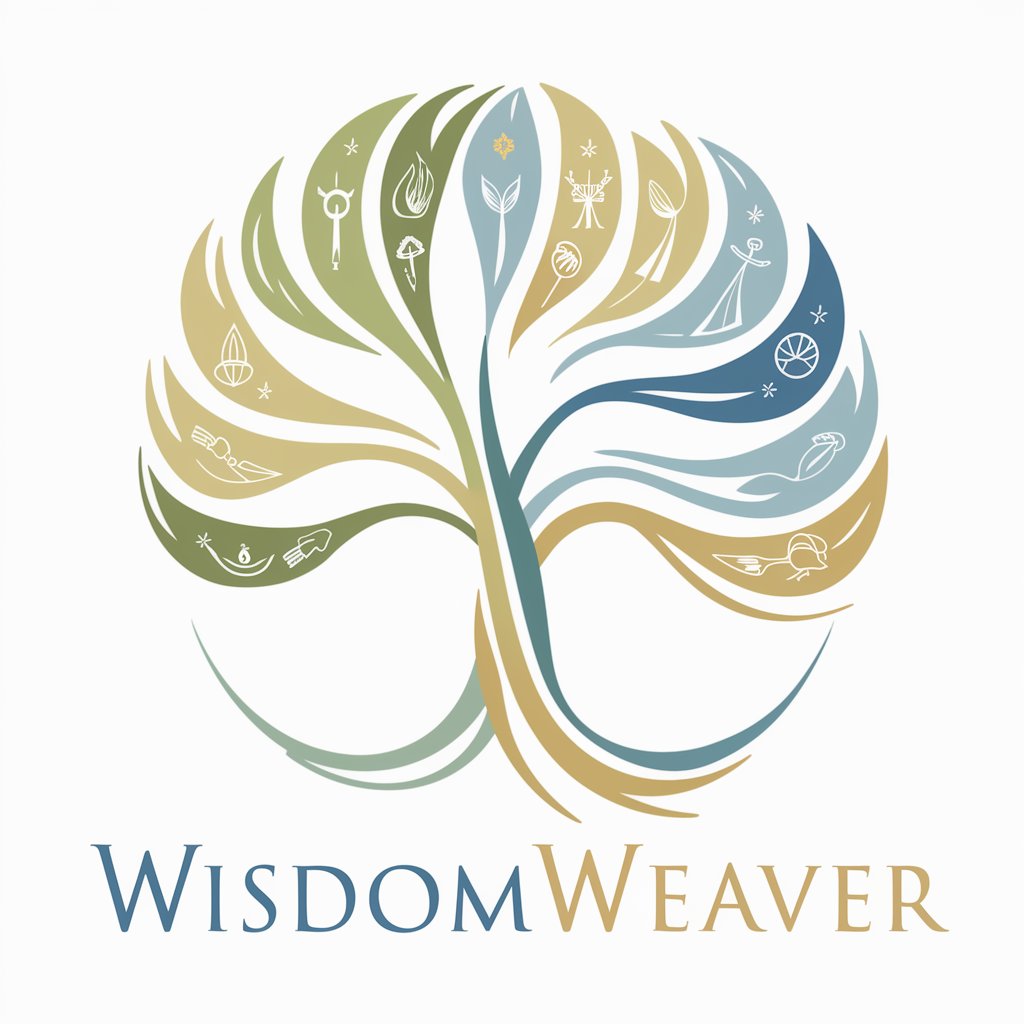
Frequently Asked Questions about Stereoscopic Studio
What is a stereoscopic view?
A stereoscopic view creates a three-dimensional visual effect from two two-dimensional images viewed side-by-side through a stereoscope. This technology was popular in the late 19th century for enhancing the depth and immersion of photographs.
Can I upload any type of image to Stereoscopic Studio?
Yes, you can upload any type of image, but for the best stereoscopic effect, images should be similar with only a slight offset in perspective to mimic human binocular vision.
Is Stereoscopic Studio suitable for educational use?
Absolutely. It can be used in educational settings to demonstrate historical photographic techniques or to explore visual perception and the physics of 3D imaging.
What file formats are supported by Stereoscopic Studio?
Stereoscopic Studio typically supports common image formats such as JPEG, PNG, and TIFF. This allows flexibility in the types of images you can use.
How can I view the stereoscopic images created?
The created images can be viewed using a stereoscope, which is a device designed to view two side-by-side images as one three-dimensional image. Modern methods include using VR headsets or cross-eye viewing techniques.